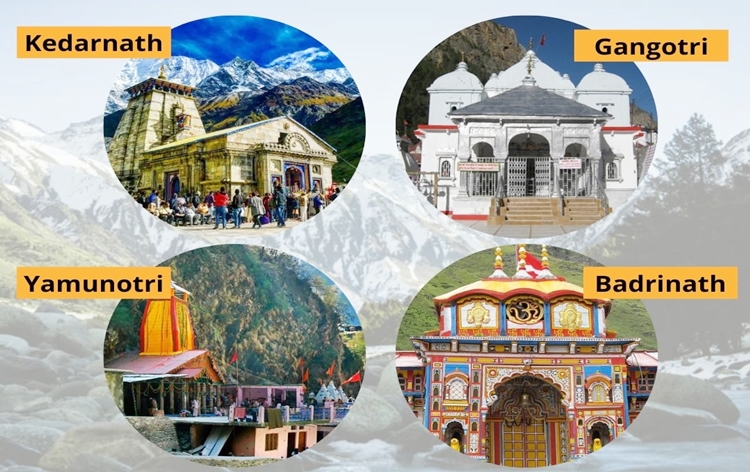
Char Dham Tourism: A Comprehensive Guide to the Sacred Journey
Char Dham, nestled in the breathtaking landscapes of Uttarakhand, India, is a revered pilgrimage circuit consisting of four sacred sites: Yamunotri, Gangotri, Kedarnath, and Badrinath. Each destination not only holds profound spiritual significance but also offers stunning vistas, rich culture, and unique experiences. This guide aims to provide an in-depth look into Char Dham tourism, covering essential travel tips, the spiritual essence of each site, and the best time to visit.
Char Dham tourism is a revered pilgrimage experience that takes devotees through the sacred sites of Yamunotri, Gangotri, Kedarnath, and Badrinath, nestled in the majestic Himalayas of Uttarakhand, India. Each site holds profound spiritual significance; Yamunotri is dedicated to Goddess Yamuna, Gangotri to Goddess Ganga, Kedarnath to Lord Shiva, and Badrinath to Lord Vishnu. This pilgrimage not only offers spiritual enrichment but also breathtaking landscapes, rich cultural encounters, and opportunities for adventure.
The best time to visit Char Dham is between April and October, avoiding the monsoon months due to potential landslides. Travelers can reach the sites via well-defined trekking routes or by road from nearby towns like Rishikesh. Local customs and festivals enrich the experience, allowing pilgrims to immerse themselves in the vibrant traditions of the region.
With careful planning regarding transportation, accommodation, and health precautions, Char Dham tourism offers a transformative journey through ancient spirituality and stunning natural beauty. Whether seeking divine blessings or a deeper connection to one’s faith, this sacred circuit promises an unforgettable adventure in the heart of the Himalayas.

The Spiritual Significance of Char Dham
The term “Char Dham” translates to “Four Abodes,” and each site is deeply intertwined with Hindu mythology and spirituality.
- Yamunotri: The first stop on this sacred journey is Yamunotri, the source of the Yamuna River. Pilgrims believe that a dip in its waters can cleanse them of sins. The Yamunotri Temple, dedicated to Goddess Yamuna, is located near the glacier from which the river flows. The trek to Yamunotri takes you through lush forests and stunning landscapes, making it a feast for the senses.
- Gangotri: Next is Gangotri, the origin of the Ganges River, revered as the most sacred river in Hinduism. The Gangotri Temple is situated amidst magnificent mountains, where pilgrims come to worship Goddess Ganga. According to mythology, the river was brought down to Earth by Lord Shiva, and a dip in its holy waters is believed to wash away sins.
- Kedarnath: Located near the majestic Kedarnath Peak, this site is dedicated to Lord Shiva and is one of the twelve Jyotirlingas. The Kedarnath Temple, built from large grey stones, stands as a testament to ancient architectural prowess. The temple is open for worship from late April to early November, attracting thousands of devotees who seek blessings and spiritual solace.
- Badrinath: The final destination is Badrinath, dedicated to Lord Vishnu. The Badrinath Temple, adorned with intricate carvings, sits alongside the Alaknanda River, providing a tranquil backdrop for meditation and prayer. It is believed that Lord Vishnu meditated here, and the site is a crucial pilgrimage for Vaishnavites.
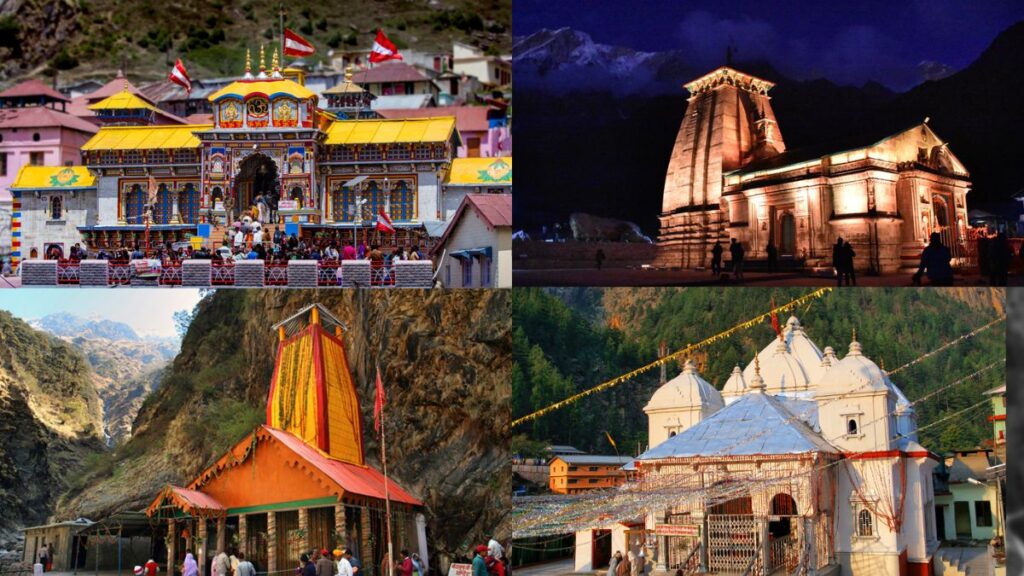
Best Time to Visit Char Dham
The best time to embark on a Char Dham pilgrimage is between April and October. During these months, the weather is relatively mild, allowing for comfortable travel and exploration.
- April to June: This period marks the onset of the pilgrimage season. The temples usually open in late April, and visitors can enjoy the blooming flora and pleasant weather. However, it is essential to plan your visit early, as this time attracts a considerable number of pilgrims.
- September to October: After the monsoon, the skies clear up, making it another excellent time to visit. The post-monsoon season offers fewer crowds, and the natural beauty is rejuvenated, creating a serene environment for reflection and spirituality.
It is advisable to avoid visiting during the monsoon months of July and August, as heavy rainfall can lead to landslides and roadblocks, making travel challenging.
Planning Your Char Dham Journey
A well-planned trip can significantly enhance your Char Dham experience. Here are some essential tips:
- Travel Itinerary: Allocate sufficient time for each destination. A typical itinerary could span 10-14 days, allowing for travel and exploration of the sites without rushing.
- Transportation: You can reach Char Dham via road, with Rishikesh and Haridwar serving as popular starting points. Local taxis, buses, and private vehicles are available for transportation between sites. For the adventurous, trekking routes are also accessible.
- Accommodation: Various accommodation options are available, from budget lodges to luxurious hotels. Booking in advance is recommended, especially during peak pilgrimage season.
- Health and Safety: Acclimatize to the altitude gradually to avoid altitude sickness. Carry essential medications and a first-aid kit. Staying hydrated and maintaining a balanced diet is crucial during the trek.
- Local Culture and Etiquette: Respect local customs and traditions. Dress modestly, especially when visiting temples, and be mindful of the local way of life. Participating in rituals can deepen your connection to the spirituality of the sites.

Cultural Encounters Along the Journey
Cultural encounters along the Char Dham journey enrich the pilgrimage experience, allowing travelers to immerse themselves in the vibrant traditions of Uttarakhand. As you traverse the sacred sites of Yamunotri, Gangotri, Kedarnath, and Badrinath, you’ll encounter local customs, rituals, and festivals that breathe life into this spiritual journey.
Festivals such as the Kedarnath Yatra and Badrinath Dham Pratishtha showcase traditional music, dance, and communal celebrations, drawing pilgrims from across the country. Engaging with local communities during these events offers a deeper understanding of their spiritual practices and lifestyles.
The regional cuisine adds another layer to the cultural experience. Savoring local dishes like aalu ke gutke and kheer provides insight into the culinary heritage of the area. Street food stalls along the routes serve delicious snacks, enhancing your journey’s flavors.
Moreover, interacting with local artisans, who create beautiful handicrafts such as woolen shawls and wooden carvings, allows you to appreciate their craftsmanship while supporting the local economy. These cultural encounters transform your pilgrimage into a holistic experience, blending spirituality with the rich tapestry of life in the Himalayas.

Challenges of Char Dham Tourism
Char Dham tourism, while spiritually enriching and visually stunning, presents several challenges that travelers should be prepared for. One of the primary concerns is altitude sickness. Many pilgrims ascend to high elevations quickly, which can lead to discomfort or serious health issues. It’s crucial to acclimatize gradually and stay hydrated.
Weather conditions can also be unpredictable, especially during the monsoon season from July to August. Heavy rainfall can cause landslides, leading to road closures and unsafe travel conditions. Staying informed about weather forecasts is essential.
The crowds during peak pilgrimage season can overwhelm even the most dedicated traveler. Popular months like May and June see an influx of visitors, which can result in long waits at temples and crowded trails. Opting for off-peak months can provide a more serene experience.
Lastly, road conditions in the mountainous terrain can be challenging, with narrow, winding paths that may be affected by landslides or damage. It’s advisable to travel with reliable local guides who are familiar with the terrain and current conditions. By being aware of these challenges, travelers can better prepare for a safe and fulfilling journey through the sacred landscapes of Char Dham.
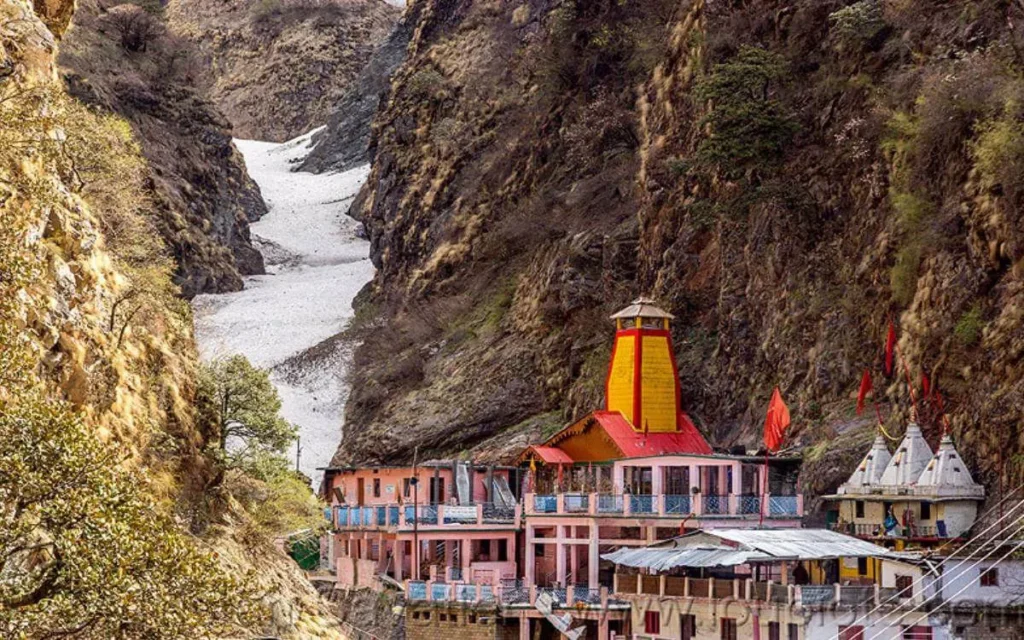
Exploring the Sacred Routes of Char Dham: A Pilgrim’s Journey”
Char Dham, nestled in the majestic Himalayas of Uttarakhand, is a revered pilgrimage circuit comprising Yamunotri, Gangotri, Kedarnath, and Badrinath. Each destination holds profound spiritual significance, attracting thousands of devotees annually. The journey begins at Yamunotri, where the sacred river Yamuna emerges from glacial springs.
Pilgrims then trek to Gangotri, the source of the Ganges, where ancient temples and scenic landscapes create an ethereal atmosphere. Kedarnath, situated near the revered Kedarnath Temple, offers not just spiritual solace but also breathtaking views of snow-capped peaks. Finally, Badrinath, dedicated to Lord Vishnu, features the iconic Badrinath Temple and the stunning Neelkanth mountain. Each site is accessible via well-defined trekking routes, making it an adventurous journey of faith. As you traverse these holy sites, immerse yourself in the rich culture, local cuisine, and hospitality that define the region, making your pilgrimage a memorable experience.
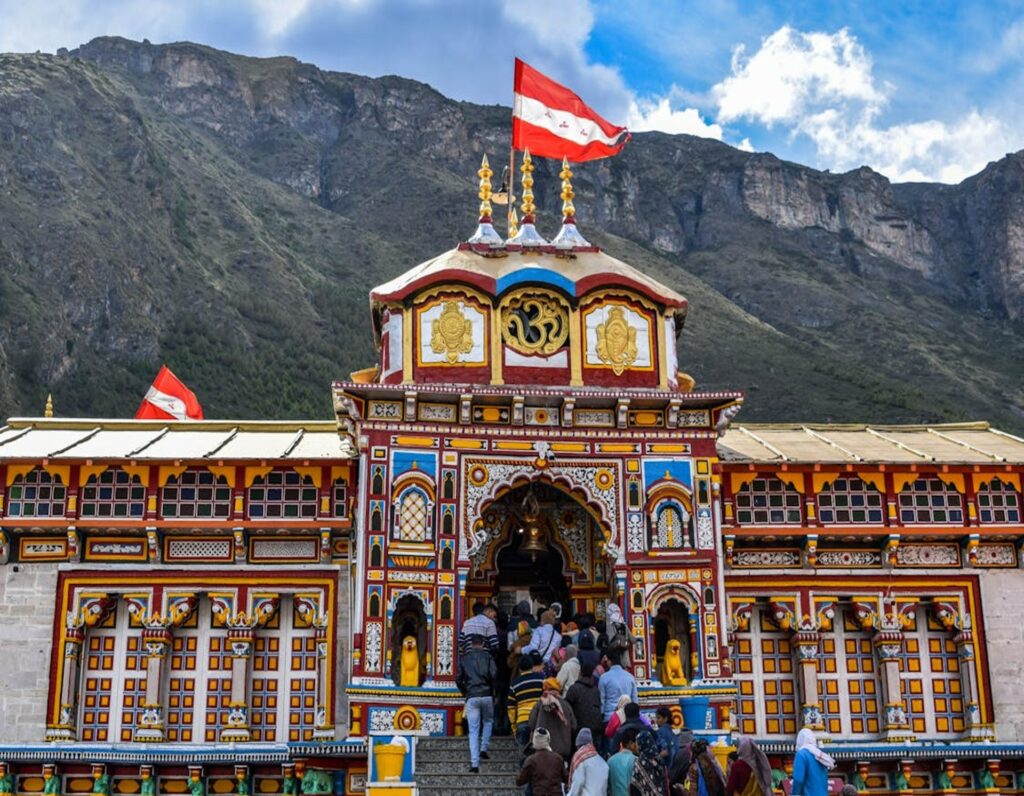
“Best Time to Visit Char Dham: Weather and Accessibility Tips”
The best time to embark on a Char Dham pilgrimage is from late April to October, coinciding with the summer months when the weather is relatively pleasant. During this period, the temples are open, and the scenic beauty of the Himalayas is at its peak. The months of May and June witness a surge in pilgrim activity, as families and solo travelers alike flock to the region. However, the post-monsoon months of September and October are also ideal, offering clearer skies and fewer crowds.
While planning your visit, consider factors like accessibility; many routes may be affected by landslides or heavy rains during the monsoon season. It’s crucial to stay updated on local weather conditions and travel advisories. Additionally, acclimatizing to the altitude is vital for a safe and enjoyable experience. Proper planning ensures you fully enjoy the spiritual journey without encountering unnecessary obstacles, allowing you to focus on the divine essence of each sacred site.
The Spiritual Significance of Char Dham: A Deep Dive into Mythology”
Char Dham is not just a travel destination; it is a profound spiritual journey steeped in mythology and tradition. Each site has its own legends that draw pilgrims from far and wide. Yamunotri is linked to the goddess Yamuna, where rituals are performed to honor her essence. Gangotri is revered as the origin of the Ganges, believed to cleanse sins and grant salvation. Kedarnath, dedicated to Lord Shiva, is said to be one of the twelve Jyotirlingas, making it a vital pilgrimage site for Shaivites.
Lastly, Badrinath holds a special place for Vaishnavites as it is dedicated to Lord Vishnu, who is believed to have meditated here. The combination of spiritual significance and natural beauty creates a unique experience that transcends mere tourism. Each temple echoes tales of devotion and sacrifice, inviting pilgrims to connect deeply with their spirituality. Understanding these stories enriches your journey, allowing you to appreciate the sacredness of each site and the divine presence that many believe envelops the entire Char Dham circuit.
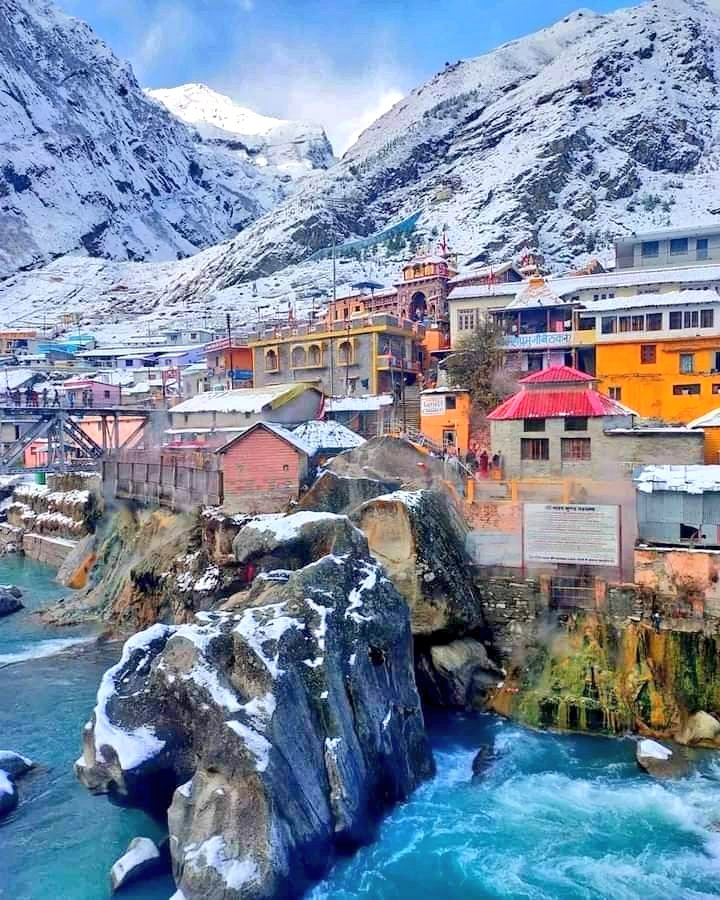
Travel Tips for a Memorable Char Dham Experience”
To make the most of your Char Dham pilgrimage, preparation is key. Start by researching each site, understanding its history, and planning your itinerary to maximize your experience. Comfortable trekking gear is essential, as some routes can be challenging, especially for those not acclimatized to high altitudes. Make sure to carry essentials like water, snacks, and basic first-aid supplies. Additionally, hiring local guides can enhance your journey; their knowledge about the terrain, weather conditions, and local customs can be invaluable.
Consider booking accommodations in advance, especially during peak pilgrimage seasons, to avoid any last-minute hassles. Local cuisine is an integral part of the experience, so don’t miss the chance to try regional delicacies at dhabas along the route. Lastly, stay respectful of local customs and traditions; participating in rituals can deepen your connection to the spirituality of the sites. With careful planning and an open heart, your Char Dham experience can be both enriching and transformative.
Cultural Encounters in Char Dham: Local Traditions and Festivals”
Char Dham is not just about temples and mountains; it offers a vibrant tapestry of local culture and traditions. The region is home to various festivals, with the most notable being the annual “Kedarnath Yatra” and “Badrinath Dham Pratishtha.” During these events, the local populace engages in colorful celebrations, including traditional dances, music, and processions that draw both pilgrims and tourists alike. Interacting with locals can provide a deeper understanding of their customs, rituals, and way of life.
Small villages en route to each Dham showcase unique handicrafts, and you can find opportunities to purchase authentic souvenirs. Local cuisine is another highlight, with dishes like ‘aalu ke gutke’ and ‘kheer’ being must-tries. Engaging with local artisans, participating in community festivals, and savoring regional delicacies will enrich your journey, allowing you to create lasting memories beyond the spiritual aspect. This blend of spirituality and culture makes Char Dham a holistic experience, appealing to both the devout and the culturally curious traveler.
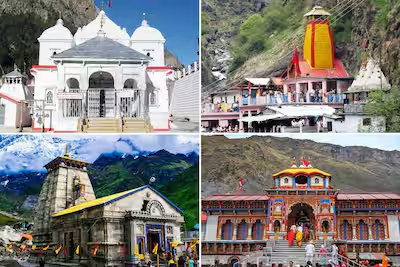
Conclusion: A Transformative Journey Awaits
Char Dham is more than a pilgrimage; it is a transformative journey that offers spiritual growth, breathtaking landscapes, and cultural richness. Each destination serves as a reminder of the divine and the deep-rooted traditions of Hinduism.
By planning your trip carefully and being mindful of local customs, you can create a memorable experience that resonates long after you leave the sacred mountains. Whether you seek spiritual solace, adventure, or cultural immersion, Char Dham promises an unforgettable journey through the heart of the Himalayas.
As you embark on this sacred pilgrimage, may you find peace, inspiration, and a deeper connection to your spirituality amid the towering peaks and serene rivers of Char Dham.








Leave a Reply